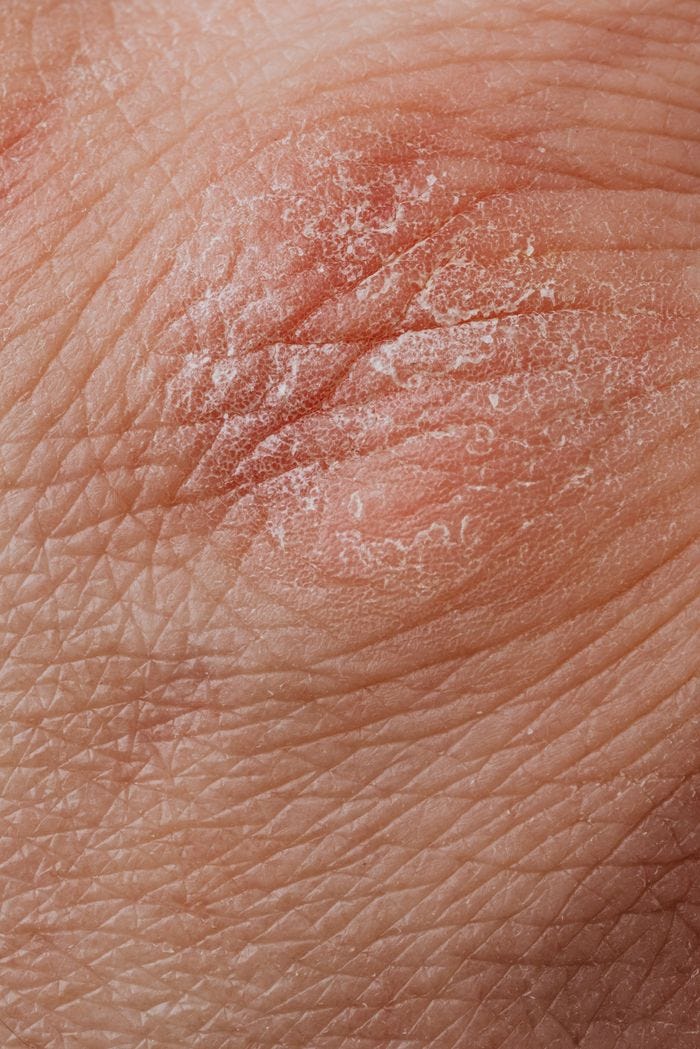Unlocking the Secrets of Skin Inflammation Through Genetics
Written on
Understanding the Genetics Behind Skin Inflammation
Recent research published in the journal Immunity highlights a groundbreaking investigation by scientists at MIT into the genetic foundations of inflammatory skin disorders through innovative RNA sequencing technology. This advanced method of single-cell sequencing enables researchers to obtain genetic data from individual cells using cutting-edge sequencing techniques. It not only facilitates the examination of minute differences among individual cells but also clarifies how cellular activities are influenced by their surrounding environment.
The MIT team has significantly enhanced the resolution of the original RNA sequencing technique, known as Seq-Well. In this latest version, researchers can extract ten times more genetic information from each cell. Utilizing this advanced method, they delved into the genetic profiles of five inflammatory skin conditions: psoriasis, acne, leprosy, alopecia areata, and granuloma annulare. Approximately 40,000 single cells were isolated from skin biopsies collected from patients suffering from these various ailments.
“In order to identify features that set apart different diseases, a higher resolution is essential than what has previously been achievable,” stated J. Christopher Love, a researcher involved in the study. “If you think of cells as repositories of information, accurately measuring that information provides deeper insights into which cell populations may be targeted for drug therapies or, from a diagnostic perspective, which should be monitored.”
The research team discovered distinct patterns in T cell populations (immune cells that play a role in inflammation) that were activated in both leprosy and granuloma annulare, a persistent skin condition characterized by ring-shaped lesions on the hands and feet. Furthermore, in individuals with psoriasis, keratinocytes—the skin cells forming the outermost layer—were found to be excessively active, dividing at an accelerated rate.
As study leader Alex K. Shalek remarked, this sequencing method opens up a plethora of opportunities for research into diseases. “The potential applications for these datasets are vast; having measured everything provides a tremendous advantage,” said Shalek. “In the future, when we need to repurpose this data to explore specific surface receptors, ligands, proteases, or other genes, we will have all that information readily available.”
Chapter 1: The Advancements in RNA Sequencing Technology
The evolution of RNA sequencing has dramatically transformed research capabilities in understanding skin conditions.
Section 1.1: Understanding Single-Cell Sequencing
Single-cell sequencing enables precise genetic analysis, allowing for the identification of unique cellular characteristics.
Subsection 1.1.1: The Process Behind RNA Sequencing

Section 1.2: Insights into Inflammatory Skin Diseases
The study sheds light on the genetic variations linked to various inflammatory skin disorders.
Chapter 2: The Future of Disease Research
The video titled "Medical School Pathology: Pathophysiology of Inflammatory Dermatoses" provides an in-depth look at the mechanisms underlying skin inflammation, complementing the findings of the study.